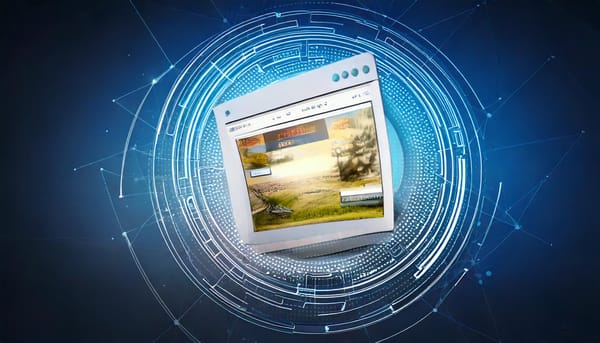How much (Prototype) Fidelity?
Following up on my article I wrote some time back, "Wireframing is NOT Prototyping" - a common question that got asked was, well if its not prototyping, what is it and what level of fidelity one should expect?
I have read books and blogs and a lot of them and everyone has one theory which has worked for them. And the more I read the more I realize fidelity of prototype completely depends on your audience.
If your company follows an agile model or does not, one of the most common ways to track deliverables is to create an MVP (minimal viable product). And one of the best ways to create this MVP is by prototyping this experience. This brings back to our question again - What exactly is prototyping? I ran a Google search and this is the definition that shows up:
pro·to·type
ˈprōtəˌtīp/
noun
1. a first, typical or preliminary model of something, especially a machine, from which other forms are developed or copied.
verb
1. make a prototype of (a product).
So in software terms, prototype is a rough/comparative/almost/close/near/relative something of an experience that allows you to simulate what it is like to use the product or service in question. This something is the answer to my next question - how much fidelity one should expect? Similar to wireframes, prototypes should be cheap and one should spend as little effort as possible which is one way to decide on how much fidelity you need.
One of the most important aspects of creating a prototype is to answer some basic questions:
- What is it that you want to know/learn from this prototype?
- How much time do you have at your hand (let me guess - extremely short)?
- And one of the most important - Who is the audience interacting with the prototype?
Why is your audience important here? Knowing your audience will allow you to create the smallest possible prototype that will yield you maximum feedback. So if you are tasked to create a prototype to communicate to a group of developers, chances are you are good with just paper and pencil, since they have the ability to focus on the task you are trying to get feedback on and ignore the other parts of the products that remain unaffected. For example, it wouldn’t bother them if you don't show a detailed global navigation if you are trying to demonstrate shopping cart interactions.
When the stakes are high, you get in to extreme details.
I was listening to John Gruber's "The Talk Show" after the iPhone 6 launch and he mentioned that when Apple decided to make two big screen phones, they made prototype for every 1/10 inch from 4 inches to 6 inches. The result, 10 million iPhone 6 and 6+ sales in 3 days





